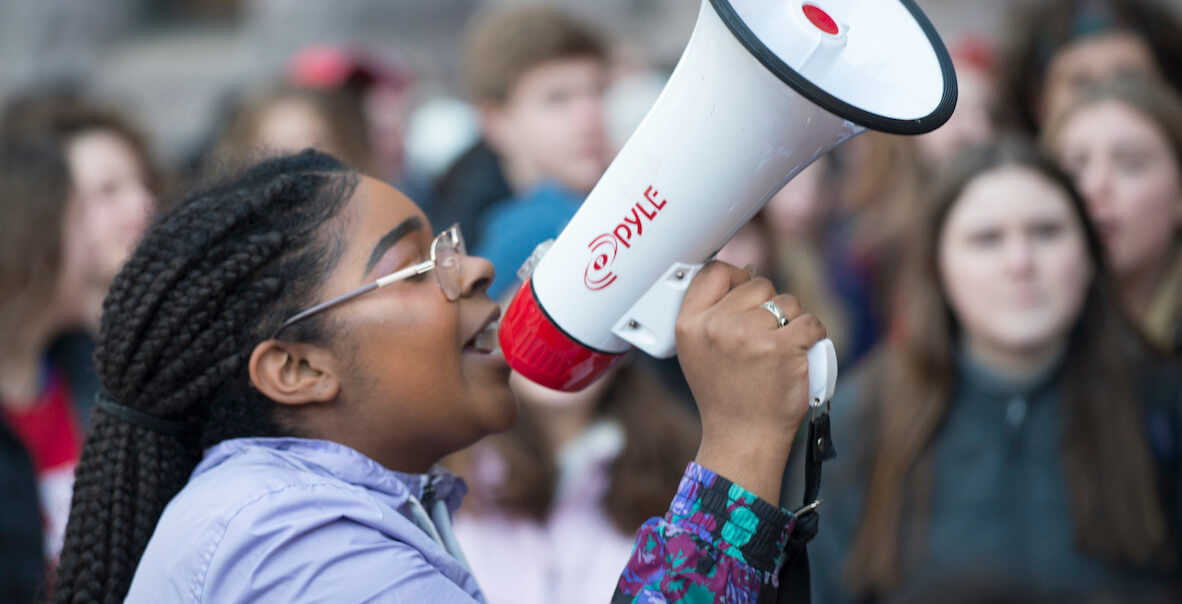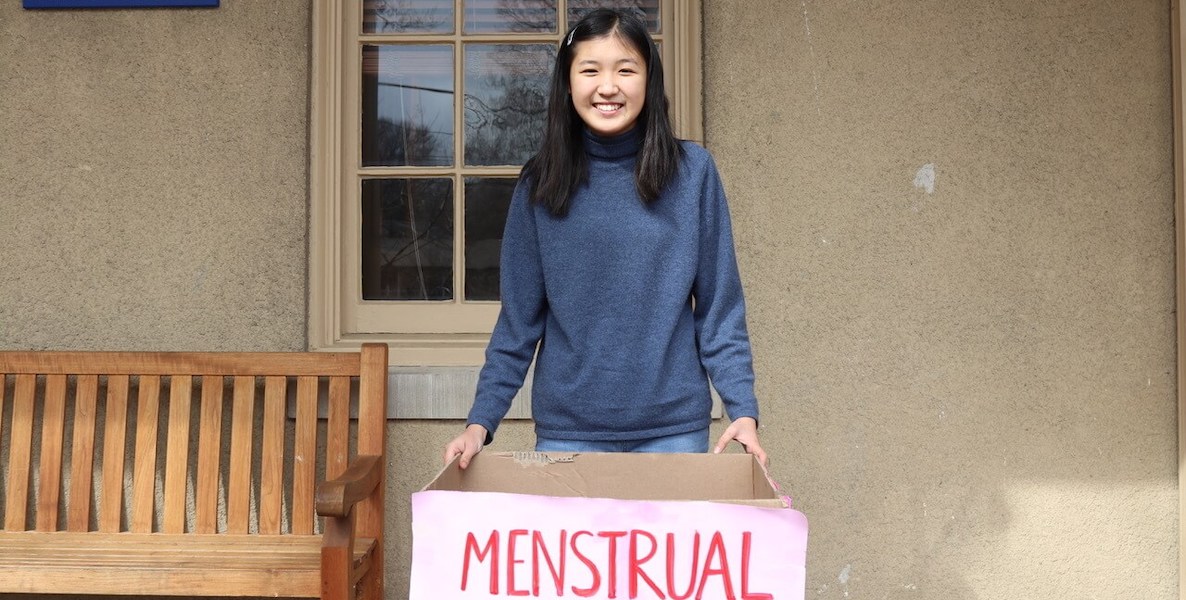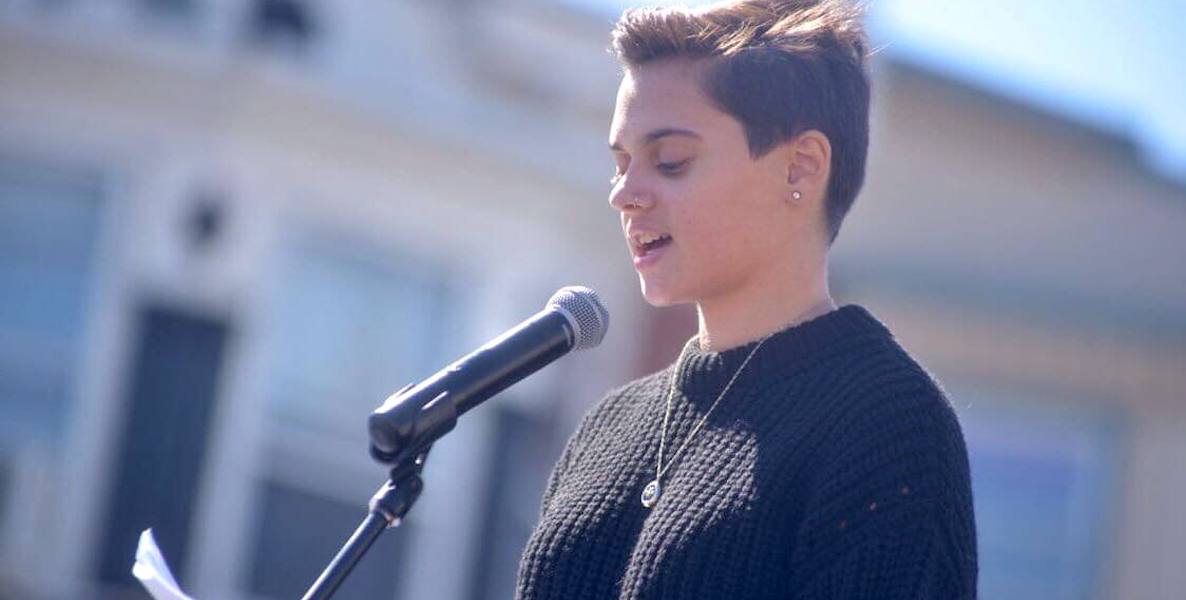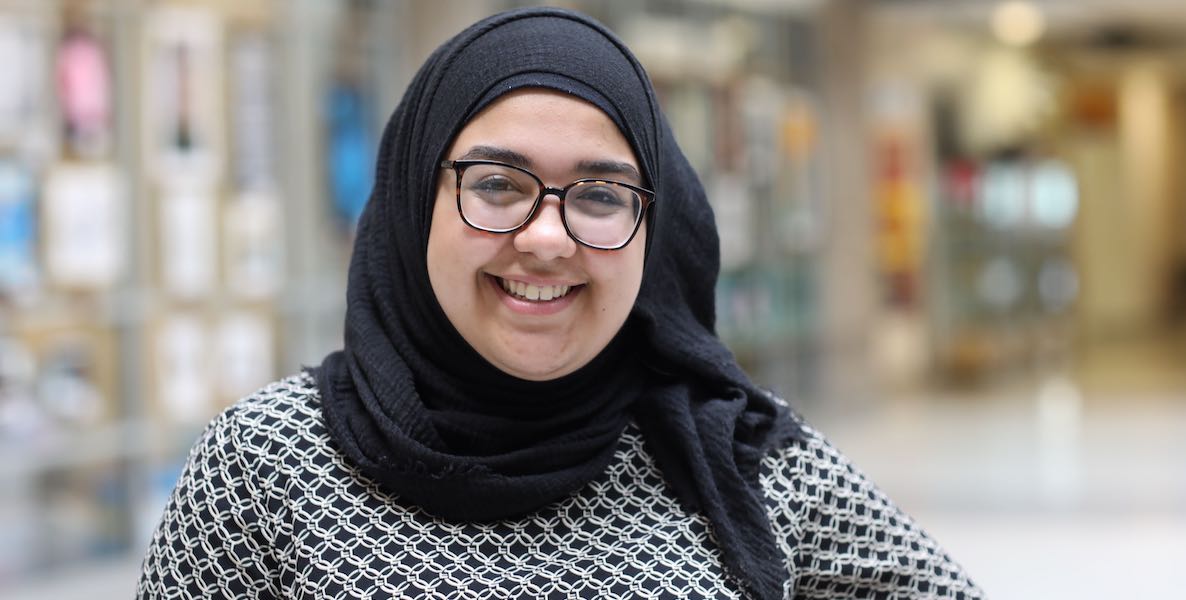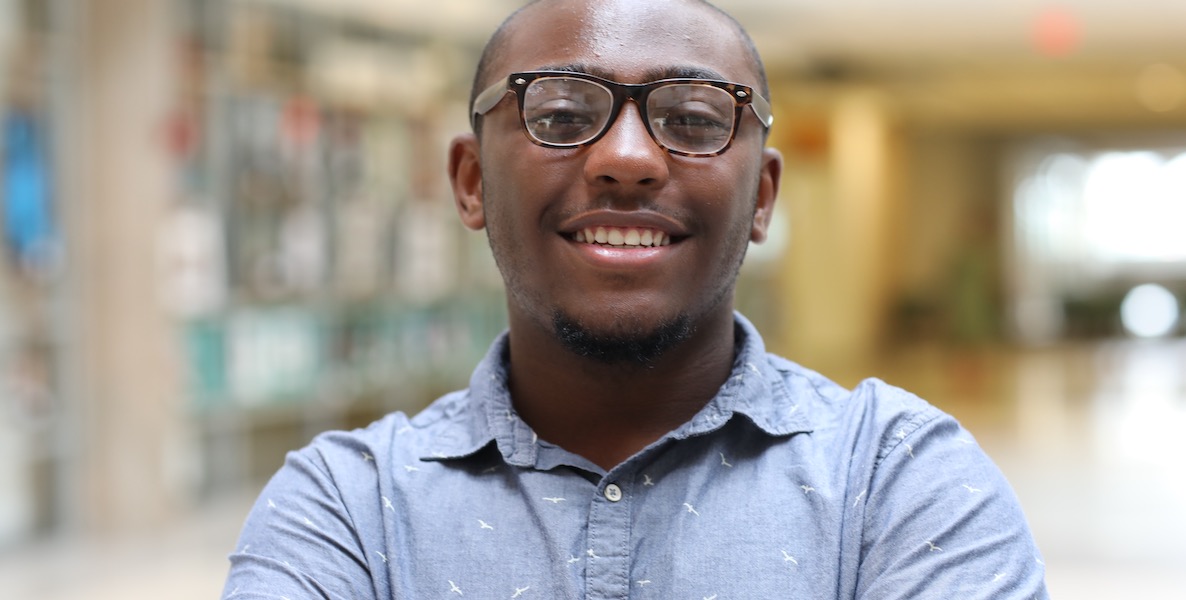![]() The removal a few weeks ago of the city’s Frank Rizzo statue has led to debate and dreaming of what might replace the monument to the controversial late police chief and mayor. But as it turns out, there is already a commemoration on its way, one that pays homage to protest and progress.
The removal a few weeks ago of the city’s Frank Rizzo statue has led to debate and dreaming of what might replace the monument to the controversial late police chief and mayor. But as it turns out, there is already a commemoration on its way, one that pays homage to protest and progress.
A few blocks from the spot where Rizzo once stood, at the old Board of Education Building, a state marker will soon be erected that’s a sort of slap in the face to the former mayor: an acknowledgement of the 1967 walkouts to protest inadequate schooling for African Americans in the School District of Philadelphia. And five Julia R. Masterman high school students are behind it all: Aden Gonzales, Tatiana Bennett, Taryn Flaherty, Alison Fortenberry and Nia Weeks.
In March, these five students won approval by the Pennsylvania Historical and Museum Commission to erect the marker to honor and preserve the legacy of the 3,000 students who participated in the 1967 walkouts. The approval of their 104-page proposal will guarantee the permanent remembrance of, and reverence for, a significant moment in the civis rights movement in Philadelphia.
This year marks 53 years since students marched from their schools to the Board of Education Building, demanding the School District provide them with better schooling conditions, hire more African-American teachers, and mandate an African-American history course. When Rizzo caught wind of the masses of students in protest, he ordered over 400 police officers to attack the students, arresting and injuring dozens of teenagers.
“Every time you walk to City Hall you [used to] see the Rizzo statue staring at you,” says Flaherty, a rising senior like the other four students. “There’s no acknowledgement of what the students did in 1967. We got to thinking, we should have a marker for this event because it’s so significant in our city’s history.”
“The event was significant for two main reasons … ”
Every year, the State Commission invites applications for state markers and encourages nominations for events that demonstrate “a significant impact on its times and has statewide and/or national, rather than local or regional, historical significance,” according to the website. Through research and interviews, the students got to work to prove the walkout did just that.
In their application, the students argued that the event was significant for two main reasons: The first was that the 1967 walkouts came before the perceived impetus of the Ethnic Studies Movement, which is often credited to 1968 San Francisco State University walkouts, where college students protested lack of diversity and Euro-centric education in their schools.
Because the Philly walkout came first, they argued, it was important to the launch of the Ethnic Students Movement — a submovement of the civil rights era that pushed for more scholarly focus on marginalized communities and their histories.
The second reason, they argued, is that the walkouts also launched the decades-long effort to mandate an African American history course for all high school students in the district. Between 1967 and 2005, “the District tried but couldn’t pass African American history as a mandatory class,” explains Fortenberry. “It wasn’t until 2005 it happened on a larger scale.”
“1967 was right in between the civil rights movement and the Black Power movement,” Fortenberry adds.
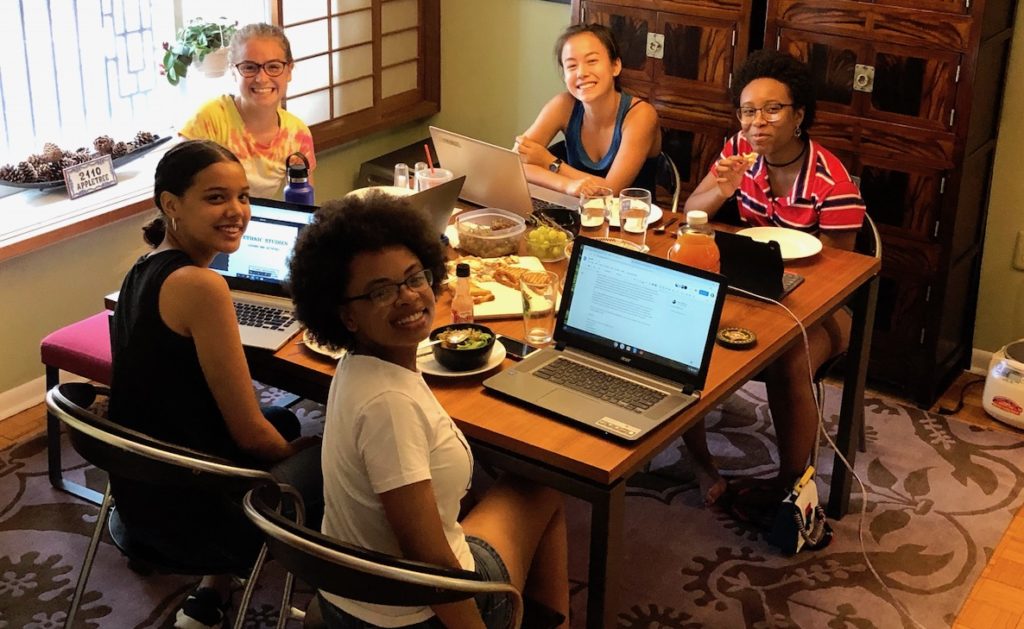
The student walkouts occurred during a ripe year for social change, and as Flaherty explains, “The students succeeded in getting 24 of 25 demands. The reforms they made back then still hold true today.” Such demands included integrating African American Studies into the curriculum, which was achieved in the form of electives until mandated in 2005. They also succeeded in obtaining draft-counseling services for Black students.
The students in 1967 pushed for change and justice, and in many ways achieved some form of it. But as the weeks of protests this summer have made clear, the issues they fought for are still present and festering in Philadelphia, and across the country. African American history still isn’t a statewide mandated course in Pennsylvania, and outside of the classroom millions have taken the streets to protest the systemic racism plaguing our law enforcement.
“To learn that people like me had more impact in this country than I’ve been taught was eye-opening and made me feel even more proud of my culture then I already am. I just feel so proud.” — Tatiana Bennett
What is most notable is who is at the forefront of this movement once again: young people. “You see youth organizing at protests on social media, telling their peers to use their voices. In 1967, we saw the same thing,” points out Bennett. Except in 1967, there was no real-time social media, so it was dangerously easy to skew the narrative of an event.
“So few people knew about the violence that was caused by police officers under Rizzo because the only evidence they had was what the newspapers said,” says Bennett. “They painted Rizzo and the police officers as the saviors. Now, you can clearly see police officers abusing their power.”
“A fitting step towards justice and progress”
Still, what may not have changed much since the 1967 walkouts is the way the media depicts Black protesters versus white ones, Black anger versus white anger.
“We see the women’s march we have every year, which is mostly white. The protests now are more Black, and you can see the way the police are reacting to the protests and the way news channels are reporting on the protests is really different,” says Gonzales.
“It wasn’t until Rizzo’s men came that it became violent,” says Fortenberry. “The ways police instigate violence plays a large part in the way history is told.”
The timing of the Rizzo statue coming down, and this state marker going up during a time of renewed civil and racial turmoil is one the students see as a fitting step towards justice and progress, a “sort of roadmap on how to handle things in the future,” as Bennett says.
“For me and a lot of other people who grew up in Philadelphia, Rizzo has been a symbol of police oppression and oppression of minority voices. This is so symbolic of student voices finally rising over oppression,” says Fortenberry.
The students credit learning about African-American history as part of what inspired them to advocate for the marker. “To learn that people like me had more impact in this country than I’ve been taught was eye-opening and made me feel even more proud of my culture then I already am,” adds Bennett. “I just feel so proud.”
“It was really important for me to learn that Black history is more than just slavery,” says Weeks. “It shouldn’t even need the label “African-American history,” because it’s part of U.S. history.”
Once approved by the state, the students needed to raise $2,500 to pay for the marker. Within three short days of setting up a GoFundMe page they came within a few dollars of their goal. “We are also trying to raise extra to either donate, or give back to the Philly public schools,” adds Flaherty “because we’re more defunded than ever.”
A marker emblazoned with the Commonwealth’s coat of arms will be erected as soon as they can get permission from those who own the block where they want to put the marker, which is at 21st and Winter streets outside of the old Board of Education Building.
“A lot of Philadelphia’s history is hidden under darkened shadows,” says Fortenberry. “But when we look at it, we can see there are bright spots of light.”
“I hope the marker sends a message of positivity, a message of youth activism, and a message of justice,” says Weeks.
![]()
MORE ON PHILADELPHIA STUDENT ACTIVISTS



